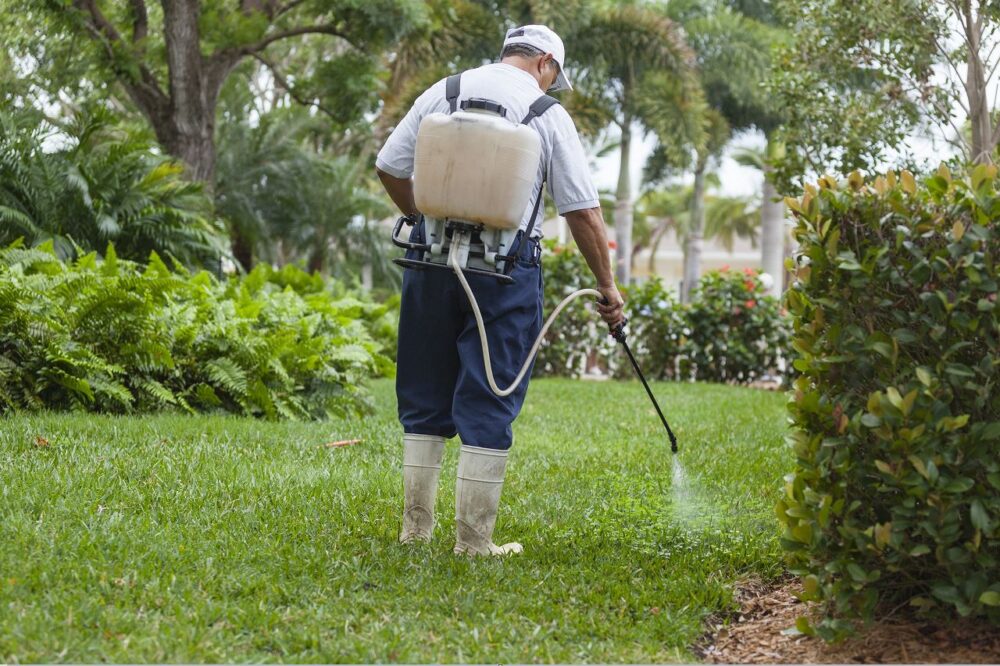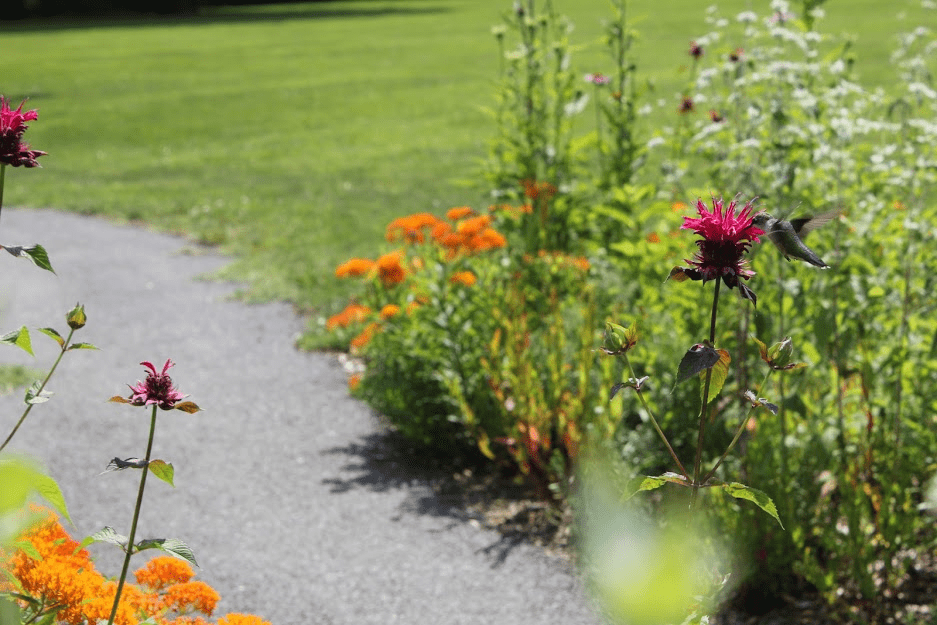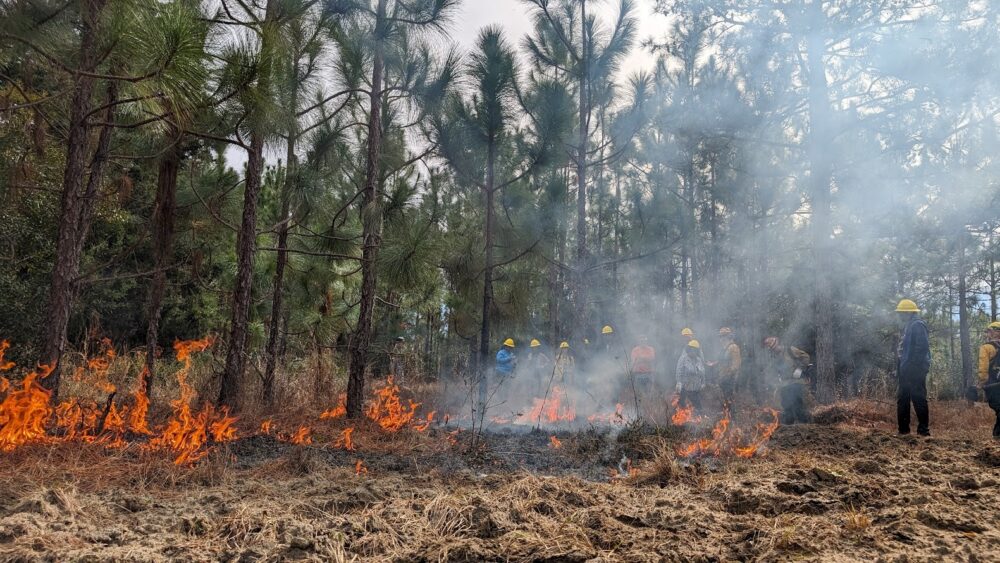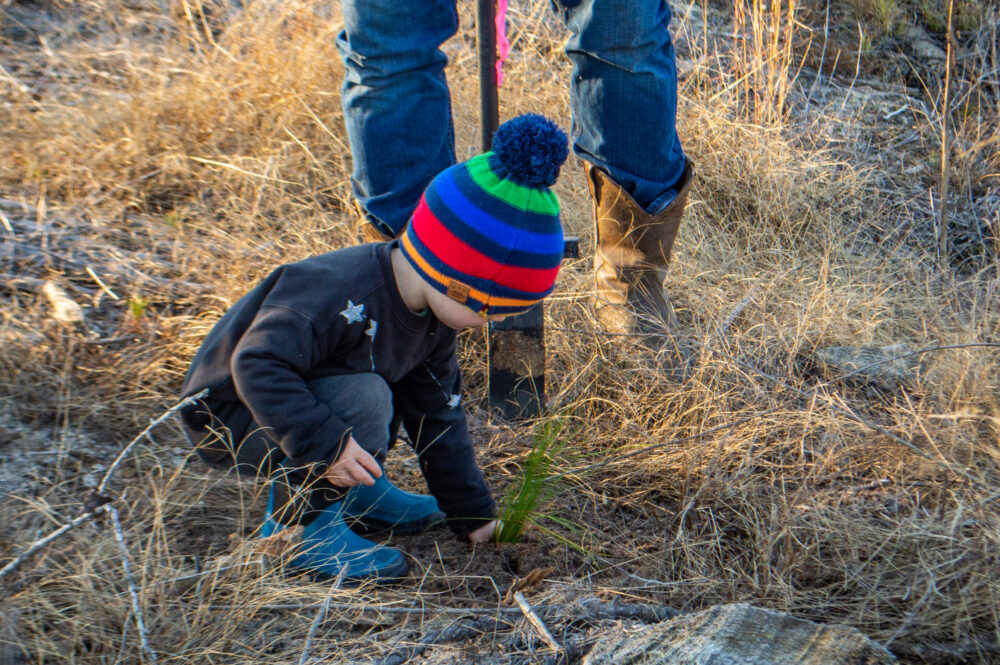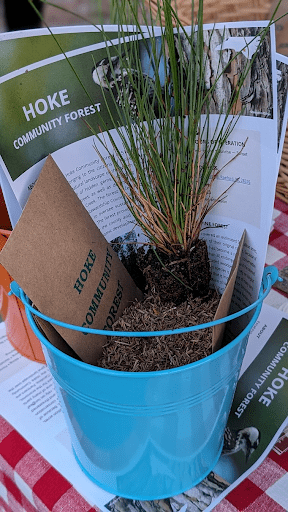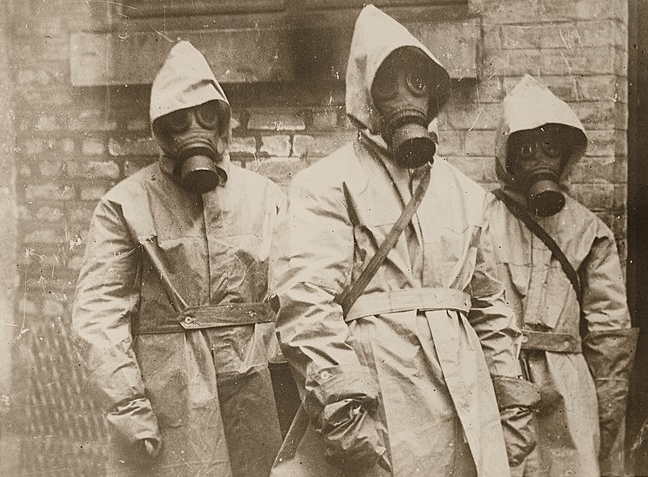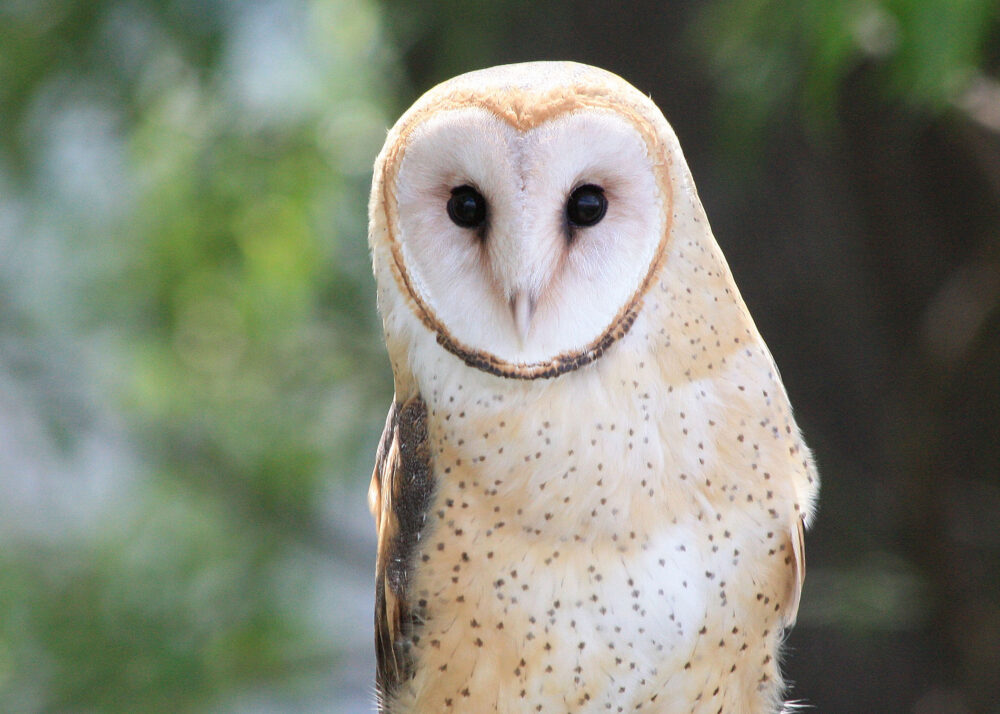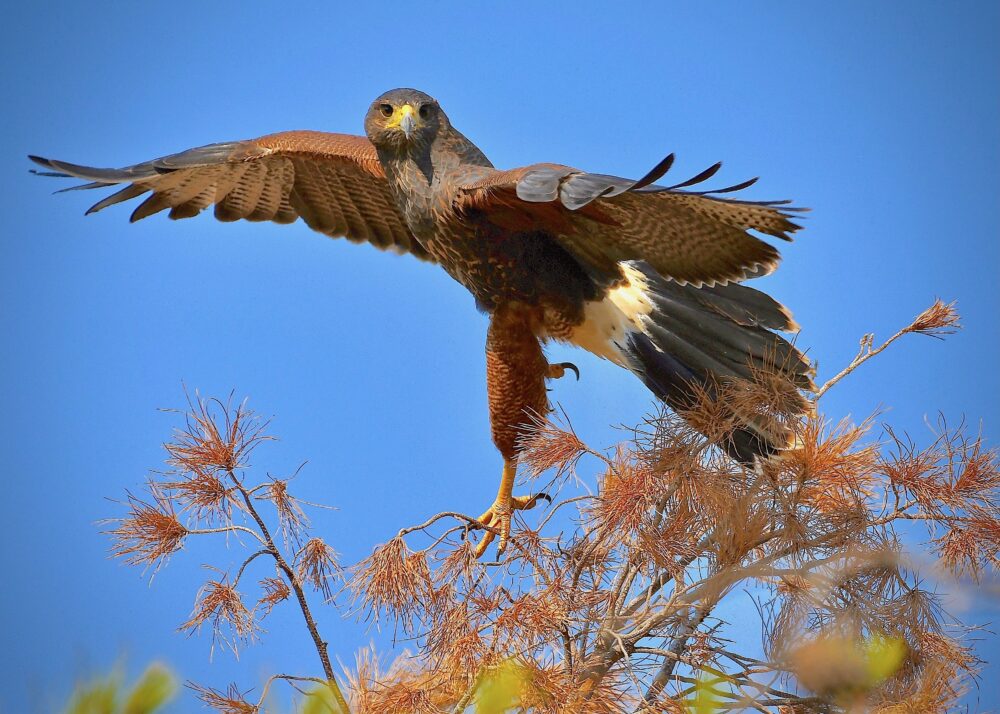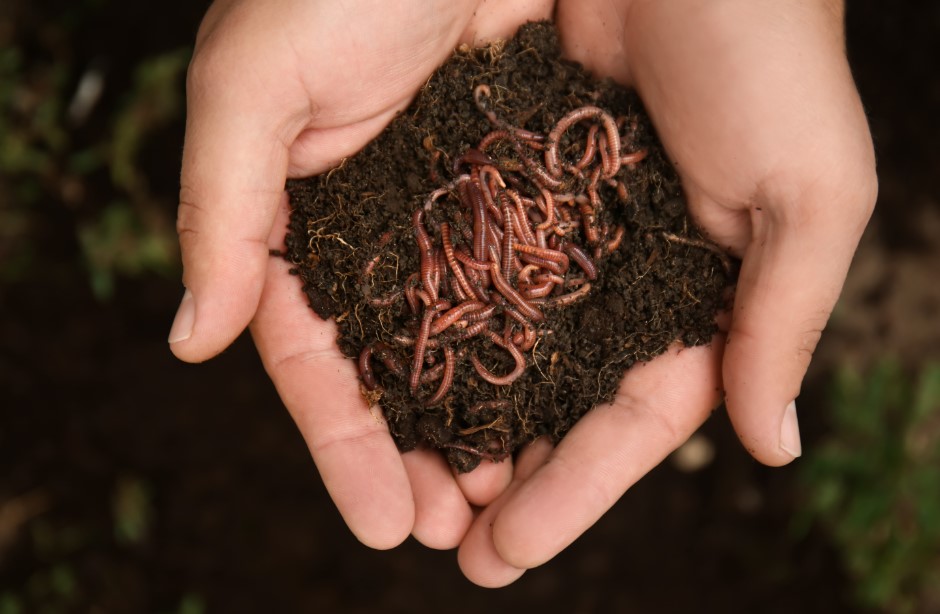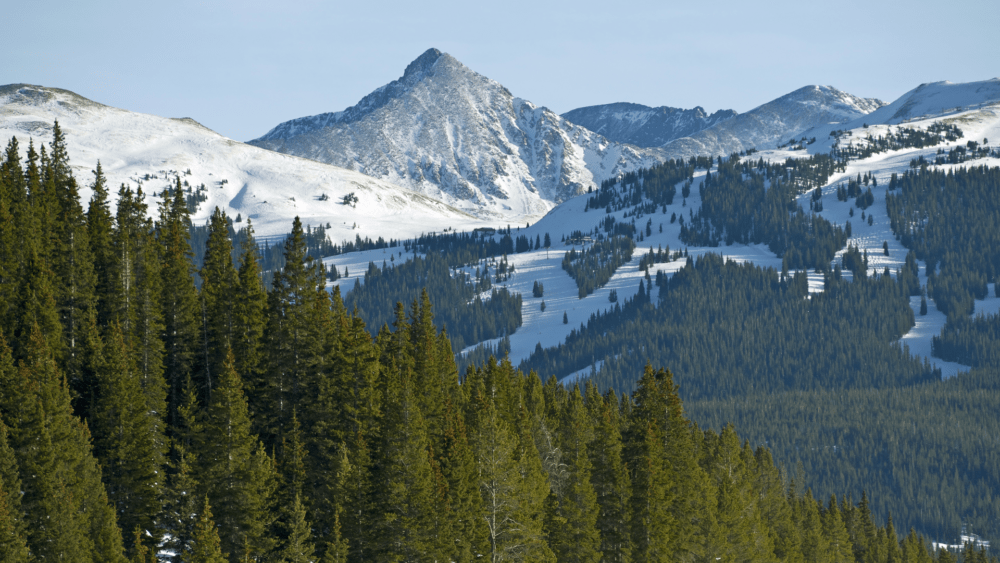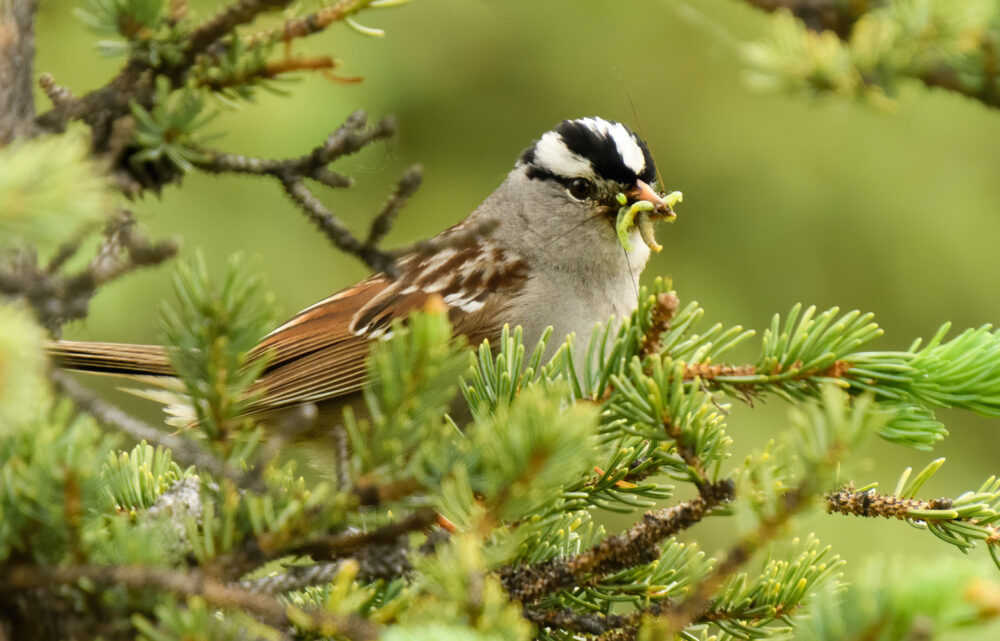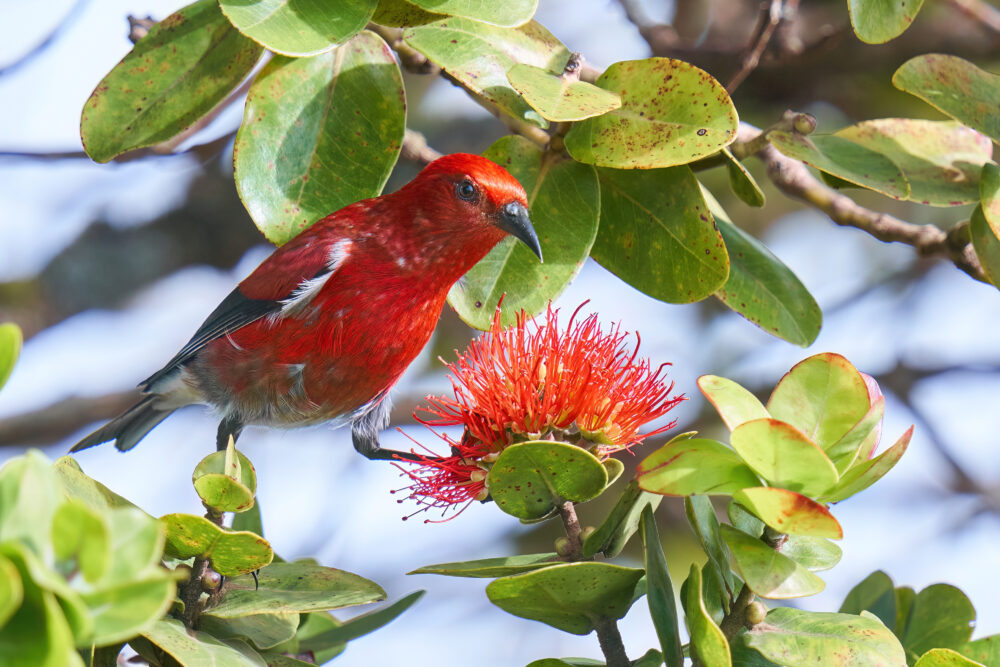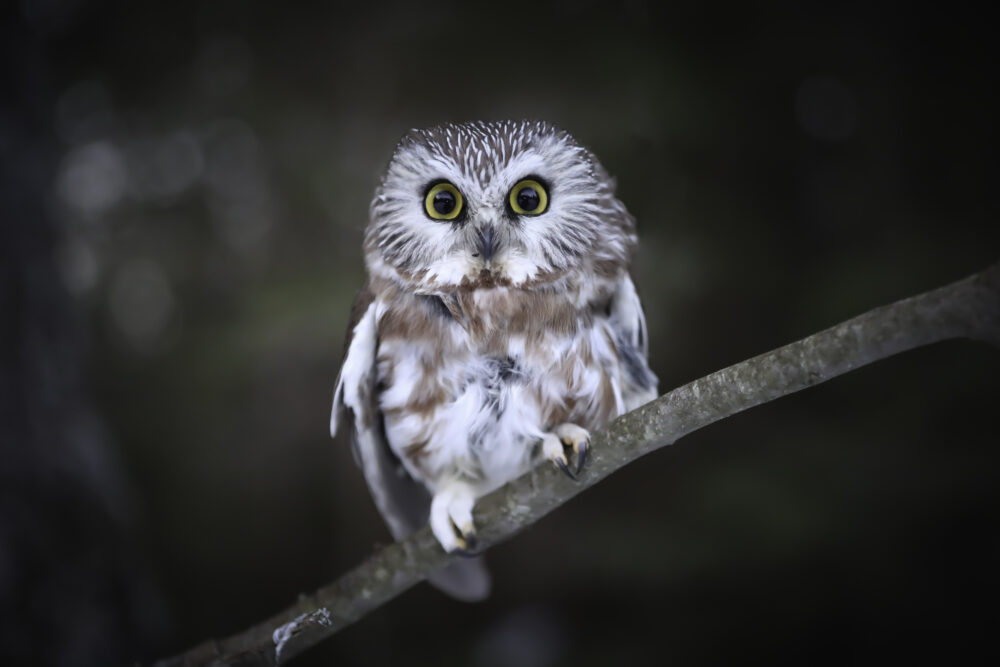We have much more to do and your continued support is needed now more than ever.
Bird Watching: The American Robin
Robins in Winter?
American robins are found throughout North America and are a symbol of winter’s end. The first appearance of a robin is a sure sign that spring has sprung. But did you know that in most of the lower 48 states you can find robins throughout the winter? Some are migrants from further north but some are resident birds that stay year-round. These winter-resident robins usually flock up and spend their time in wooded areas rather than lawns, so people don’t tend to notice them until they start pairing off and singing their courtship songs in spring.
Attract Robins
Robins rely on the fruits of trees and shrubs as their primary food source during the winter when worms and insects aren’t available. That’s one reason why they tend to hang out in the woods rather than on your lawn in the winter. You can attract robins to your yard in winter by providing them with fruiting plants. Some of the best berry-providers for robins include bayberry, winterberry, crabapple, cranberrybush viburnum, hawthorn, mountain ash, toyon, sumac, chokeberry and American holly.
Robin Trivia
 Robins are a kind of thrush and are related to the much less common wood thrush and hermit thrush.
Robins are a kind of thrush and are related to the much less common wood thrush and hermit thrush.- Adult male robins have the brightest red breast feathers.
- The American robin was named after the European robin even though they are not closely related.
- Robins build distinct, bowl-shaped nests out of grasses and twigs mortared with mud. Their eggs are a beautiful light blue color.
- Robins avoid areas with snow cover.
Robins Impacted by Climate Change
Analysis of 40 years of data shows many common North American birds, including robins, are already being impacted by climate change.



